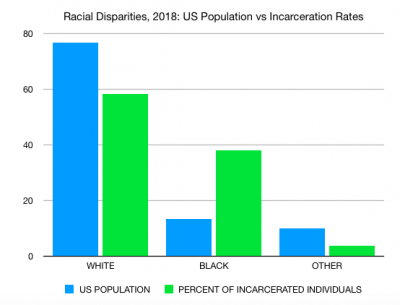The 17 Global Goals for sustainable development, set for 2030, is all encompassing of everything sustainability has to offer. From global awareness and perspective, to global engagement and responsibility, the 17 goals for sustainable development touch on aspects of social as well as environmental partnership.
Sustainability from a mathematic and global standpoint is an incredibly crucial aspect. By computing our carbon footprint and other sources of measuring our energy on a global platform, we enhance our knowledge and understanding of just how important sustainable living is for our environment. To more accurately guide emissions and usage of our planet’s natural resources, as well as social issues surrounding these, it is crucial to look at the bigger global picture as a whole.
Using mathematical concepts like computing the total, as well as percentage changes throughout history or into the future we can more fully understand our societal impact. Without global awareness, countries would not take into account other countries’ impacts on our natural resources. Without fully encompassing the world’s total carbon footprint and emissions alongside the planet’s biocapacity, a function or equation would prove to be widely inaccurate.
In evaluating how predictions of global sustainable goals reflect actual data, we can connect human societal issues with the more prevalent usage of earth’s natural systems. To increase the awareness of the interrelationship of human activity and our planet’s natural systems it is important to educate the public with accurate information.
I think the Global Goals does a great job encompassing a ‘we’ message, instead of a nationalist ‘us before them’ message that has been oh so present in our national politics as of late. It makes my heart warm to know that there are still enough compassionate people in the world to make an impact, and I am committed to these 17 goals by 2030.







